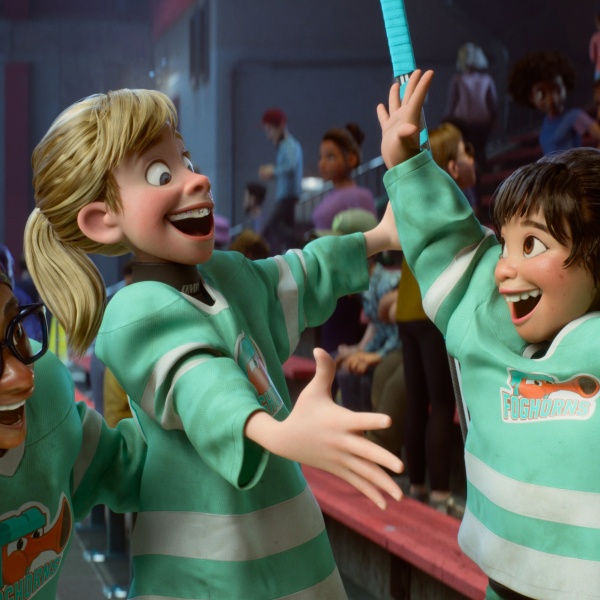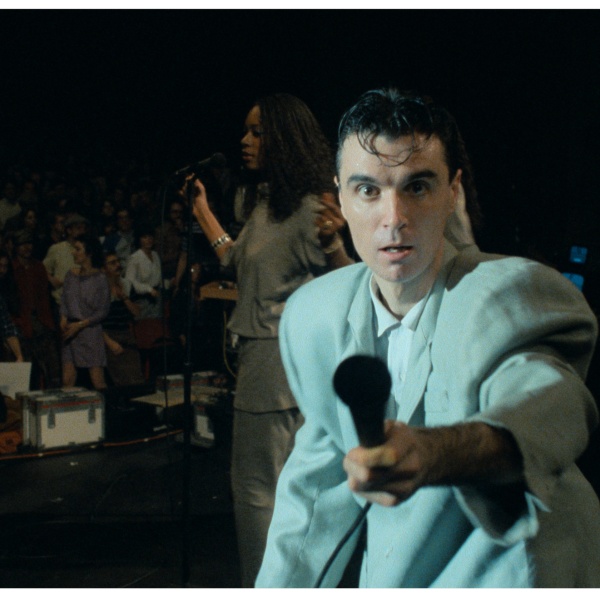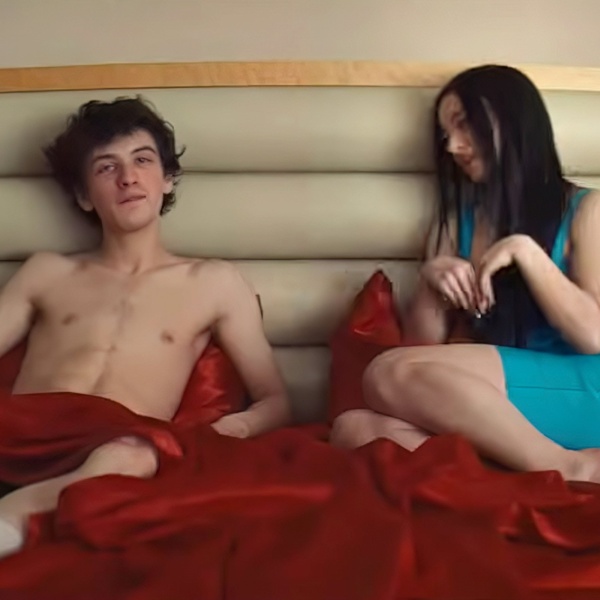When researcher and archivist Marianne Bower took a job organizing photos for Martin Scorsese‘s 1999 documentary “My Voyage to Italy,” she thought the job might last for a couple of weeks. Twenty-four years later, she’s still working for Scorsese and as executive producer of “Killers of the Flower Moon” played an integral role in one of the director’s greatest films to date. “Marty said to me on day one, ‘This is a culture that is not my own,’” Bower told IndieWire. That meant assembling not only thousands of pages of research material and visual references but also finding Osage advisers who could vet every detail in the screenplay and advise the actors on how to move, speak, and dress.
Bower’s job on Scorsese’s films typically begins during the writing process, once Scorsese has a script that he’s happy with but that still might be in a state of ongoing revision; in the case of “Killers of the Flower Moon,” the revisions continued throughout production as continuing research generated new ideas and discoveries that in turn required additional research that generated still more new ideas. “I’ve worked on several of Marty’s films now, so I know what’s in store for me,” Bower said. “I’m going to be asked all kinds of questions about every kind of detail.”
For “Flowers,” Bower began by joining the location scout in Oklahoma and scouring every library and museum that had relevant information, collecting as much written text and visual material as she could from places like the Osage Nation Museum and the Oklahoma History Center, as well as the National Archives. Some of the most essential pieces of research she got her hands on were transcripts from the trial towards which the film builds. “Anything that’s going to give you a real person’s voice is invaluable for Marty and the actors,” she said. “You get a lot of details that way too, from people’s descriptions.”

Collecting the material is one challenge, but organizing it is a much bigger one; one of Bower’s responsibilities is making sure that all of her information is easily accessible and searchable by Scorsese, the actors, and department heads. “For example, I had an assistant who helped me index the FBI case files,” Bower said. “So every time a person is mentioned, we know the number of the page that describes what they were wearing, what kind of car they were driving, what the name of their shop was. We make a really detailed index so that if someone asks me detailed questions I can just do a keyword search.”
Throughout the process Bower is on the lookout for interesting details she can bring to Scorsese’s attention, not just from newspapers and other written materials but from home movies and newsreels, one of which is recreated in the film for the sequence depicting an Osage delegation traveling to Washington. “I just scour everything and provide the best source material I can,” Bower said, adding that the key was taking all of this material and running it by Osage advisers to make sure that Scorsese was incorporating it accurately. “I needed to have people tell me, ‘This is how we would move, this is how we would talk.’”
One early example comes when Molly (Lily Gladstone) first meets Ernest (Leonardo DiCaprio) and he holds out his hand for her to get in his car. “At first she just looks at him and doesn’t take his hand, so that’s a question: Would they touch each other? Questions like that you have to vet through somebody who knows,” Bower said. During pre-production, Bower also worked with the language department in the Wahzhazhe Cultural Center to translate dialogue from the script into the Osage language and then teach the actors over Zoom — a process that remained fluid throughout the shoot, as the script would change and necessitate further translations and language lessons.

Bower was on location for every day of production and served as a conduit through which advisers, Scorsese, and the cast and crew could all pass ideas back and forth. “I’m sort of the keeper of all the information, as well as the host for the Osage consultants that were on set. I’m there to hear their feedback so that if there’s something that needs to be corrected, I can make sure that information is transmitted.”
On a film like “Killers of the Flower Moon,” the amount of details that need to be monitored is staggering, so another one of Bower’s responsibilities is simply making sure Scorsese has the necessary information in front of him on any given day and that his intentions are being understood by the crew. “A lot of it is just making sure people are on the same page,” Bower said. Bower remained on the film throughout post-production as well, available as a resource to Scorsese and editor Thelma Schoonmaker in case they had any questions about complicated aspects of historical context as they worked to shape their epic material.
For Bower, the most rewarding part of her job is ultimately seeing how Scorsese and the artisans who work with him translate her research into drama. “I just give a little bit of information and a baseline to these artists who work with him and they make worlds out of it,” she said. “The film is a testament to the fact that all these designers and people who work with Marty are just as obsessed with detail as he is. It’s so rewarding, and I feel incredibly lucky.”





